Lumps and Bumps
The British landscape has been worked and re-worked. It is secrets of this palimpsest landscape is revealed through drainage patterns and prehistoric features all the way through to the modern day. These small group tours for mature and senior travellers examine the landscape from the Neolithic, to Roman, through the seven ages of Britain in walking tours and history tours of Britain.
5 Oct 21 · 10 mins read
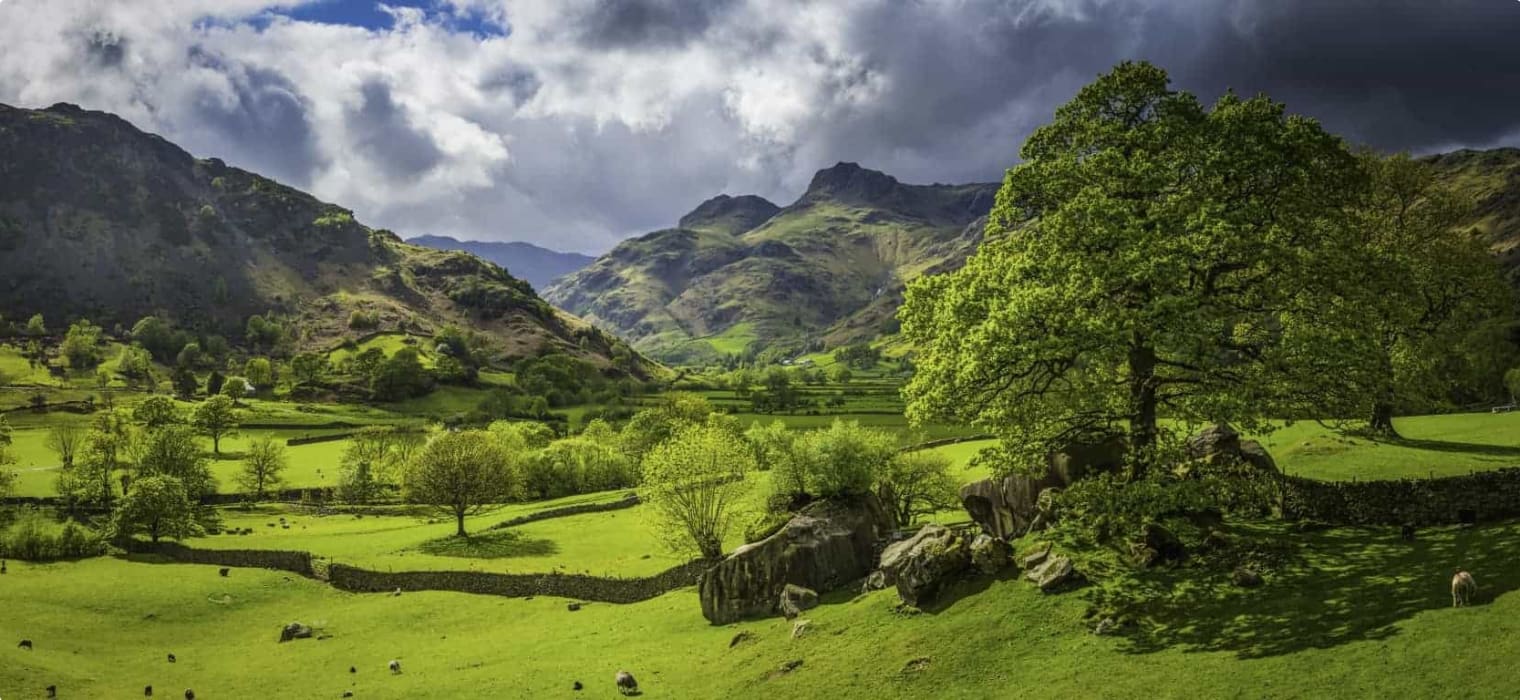
Read the landscape (and beat the crowds!)
One of the perils of modern tourism is crowds. We all know the feeling. After a long-haul flight, a hotel room, a train and much excitement and anticipation, we finally arrive at a famous site, only to be met with a sea of tourists and tour buses. At places like the Eiffel Tower, there is simply no way to avoid them. But if ancient history is your thing, and you’re up for a bit of exploring, let Odyssey Traveller show you how to navigate your way around some of Western Europe’s ancient landscapes, with not a crowd (or at least only a relatively thin crowd) in sight. Our tours of England, Scotland, and Wales are a treasure trove of hidden gems and memorable moments of British history including some fascinating UNESCO World Heritage sites in Britain, though for these an early start is often advised.
Get yourself onto one of Odyssey’s many small group history tours for mature-aged and senior travellers so you can travel with to favourite tour destinations with like-minded people and spot your way around the beautiful British countryside!
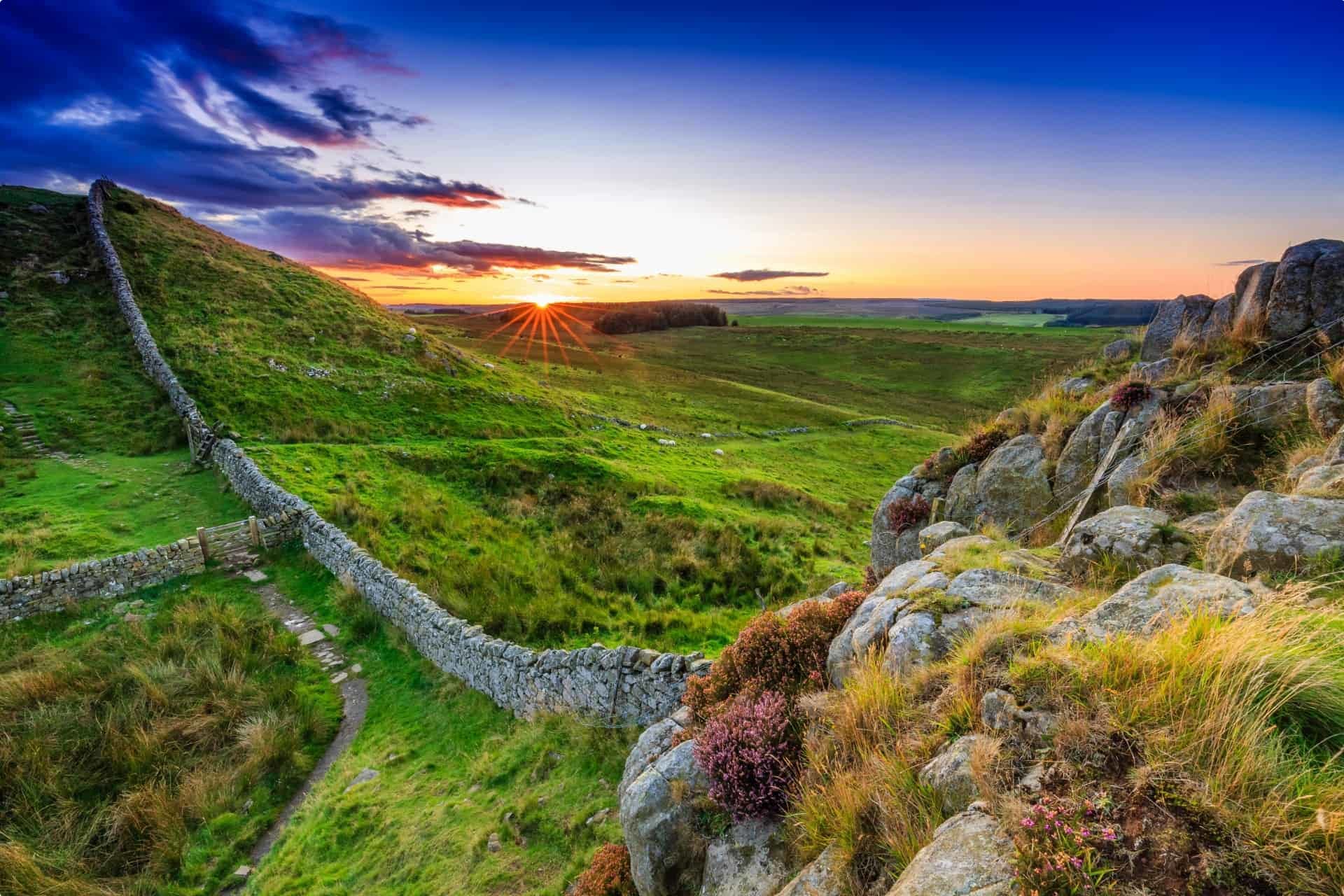
Spotting the ancient world
The British countryside, writes Mary-Ann Ochota in A Spotters Guide to the British Landscape, is like an onion: it has many layers of human history, but only those who know how to read it can see what lies beneath the surface. Amateur ‘spotters’ are able to scan the many lumps, bumps and tracks in the landscape and explain the complex histories that made them. Once you know how to spot an ancient historical site, the countryside comes to life. There is history everywhere you look. And anyone can do it. So put on your boots, grab your camera and get started on your latest and greatest hobby: landscape spotting.
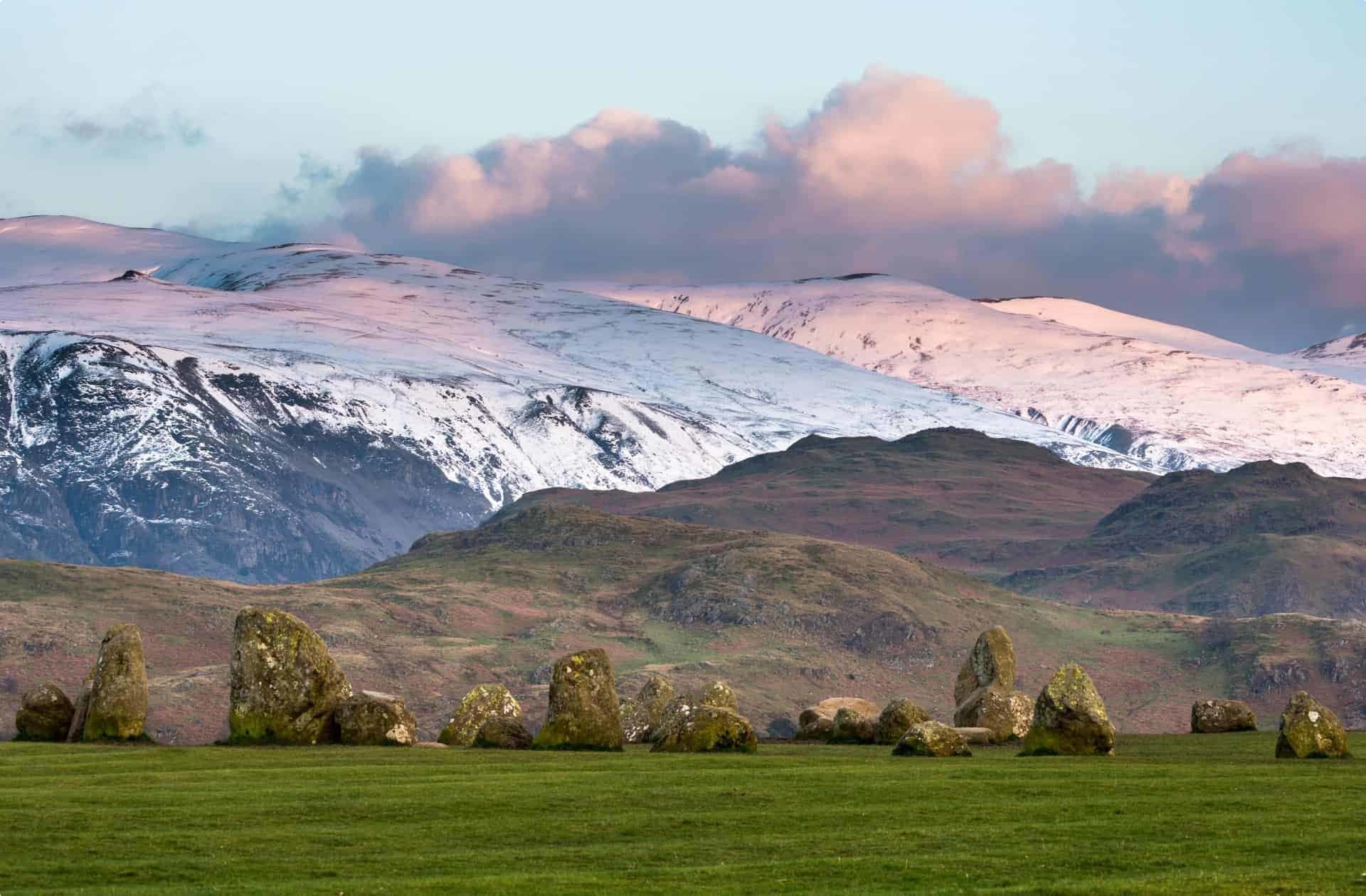
Prehistoric Britain
The boundaries between ‘history’ and ‘prehistory’ are always blurry. Britain’s physical separation from the rest of Europe, however, makes it a good place to make distinctions between successive civilisations. Its distance from Europe meant that its prehistoric civilisations flourished in relative isolation, while its proximity to the continent (compared to somewhere like Iceland) made it liable to invasion and therefore civilizational conflict. It is generally thought that ‘Prehistoric Britain’ began when the first humans arrived, and ended when Britain became part of the Roman Empire.
These earliest humans were hunter gatherers, initially surviving by hunting animals and foraging for food. As time went on, these civilisations developed tools and skills, such as farming and the ability to make things out of stone, bronze and iron. These societies were not literate. What remains of them are their structures: tombs, forts and monuments dotted all over the British landscape. By compiling and interpreting all of this abstract evidence, ancient detectives – better known as archaeologists – are able to explain how these ancient Britons lived.
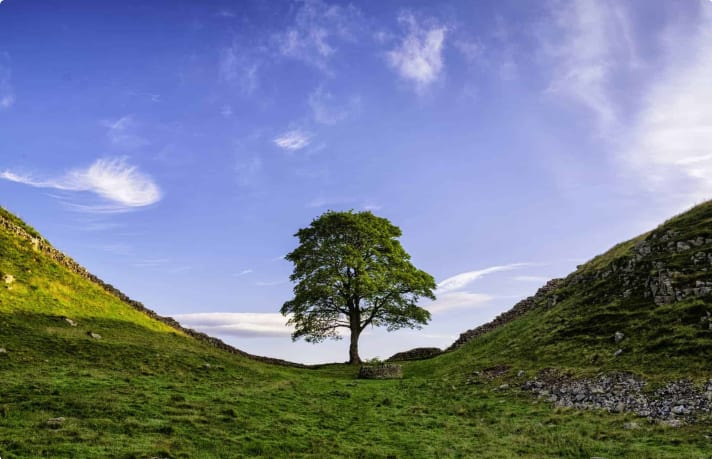
Age of Empires
Prehistoric Britain is usually divided into three ‘ages’, which correspond with the gradually increasing sophistication of tool-making. We explore these periods on a small group tour for mature and senior travellers on the prehistoric Britain tour as well the Seven ages of Britain package tour for small groups. The first, the Stone Age, lasted for over two million years and is itself divided into sub-ages. In the earliest period, humans roamed the landscape hunting lions, bears and woolly mammoths. By the late Stone Age, however, people had settled into villages and begun to farm the land.
By the Bronze Age (2500BC-800BC), Britons had learned to make tools out of various metals, including copper, gold and bronze. People began to live in small communities organised around a warrior chief, and gathered for religious ceremonies and to bury their important dead.
The ability to make tools and weapons out of iron began in Britain at around 800BC. In the Iron Age, farming flourished and the human population grew very quickly. Violence between tribes became the norm, and hill forts were constructed to protect communities. The end of the Iron Age, and prehistoric Britain, came to a symbolic end with the arrival of the legal and literate culture of the Romans in AD43.
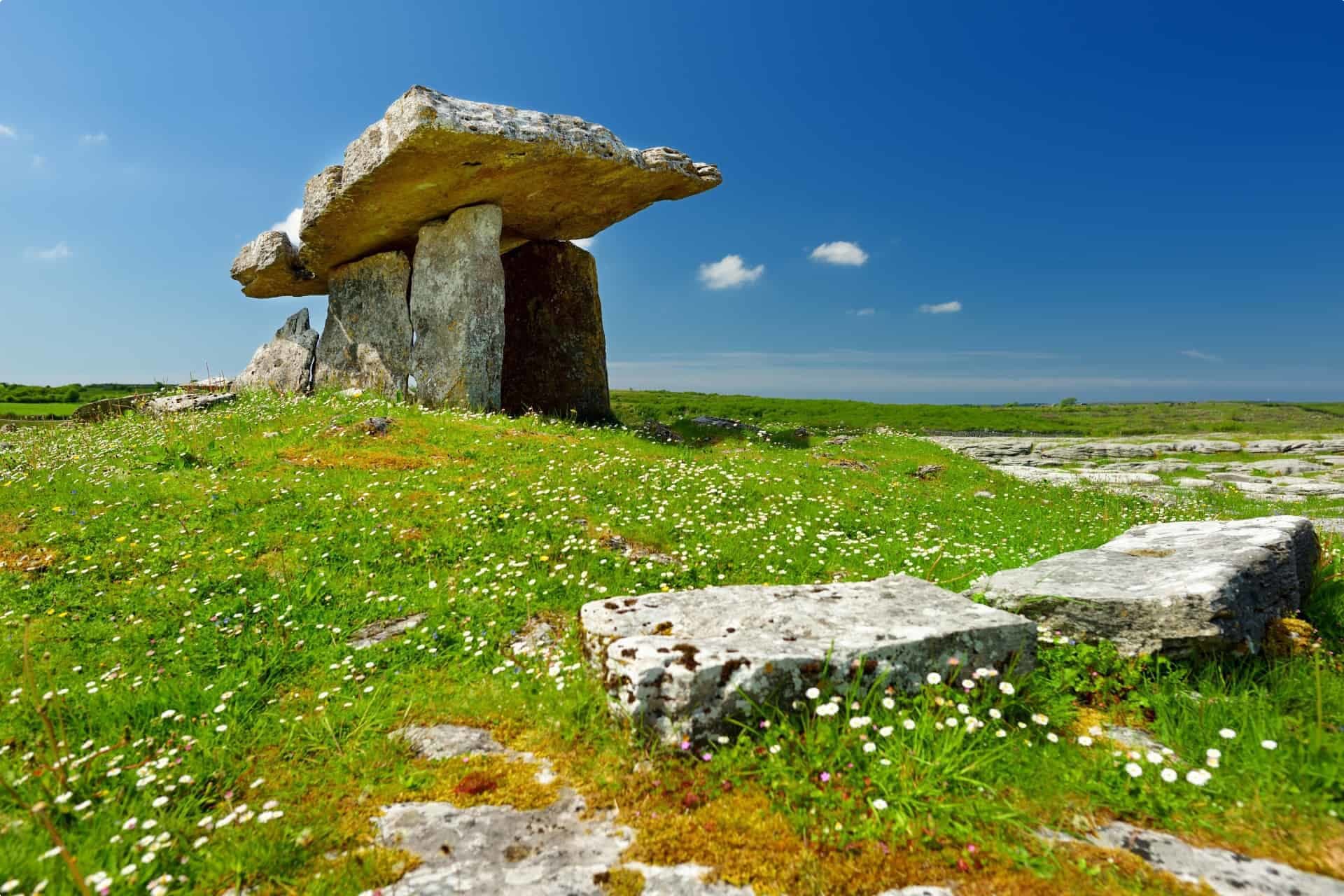
Ancient Tombs
There are many types of ancient burial sites, but the two most common are long barrows and ancient tombs. Long barrows are large oval-shaped mounds that can be between 20 and 120 meters long, and date from the Neolithic period (4200-3000 BC). They were used as communal burial sites by some of the earliest farmers in Britain. They can be hard to spot – usually one end is higher and wider than the other, and they are sometimes aligned with other features in the landscape such as hilltops and rocks.
Chambered tombs are the other main type of Stone Age burial site, mostly built between 3700-3400 BC. Because they were built to be closed and reopened, many are still accessible and make for incredible spotting sites. Most chambered tombs are covered in an earthen mound – a lump on the landscape like a hobbit’s hole – although at some sites only the stones remain (known as dolmens or cromlechs).
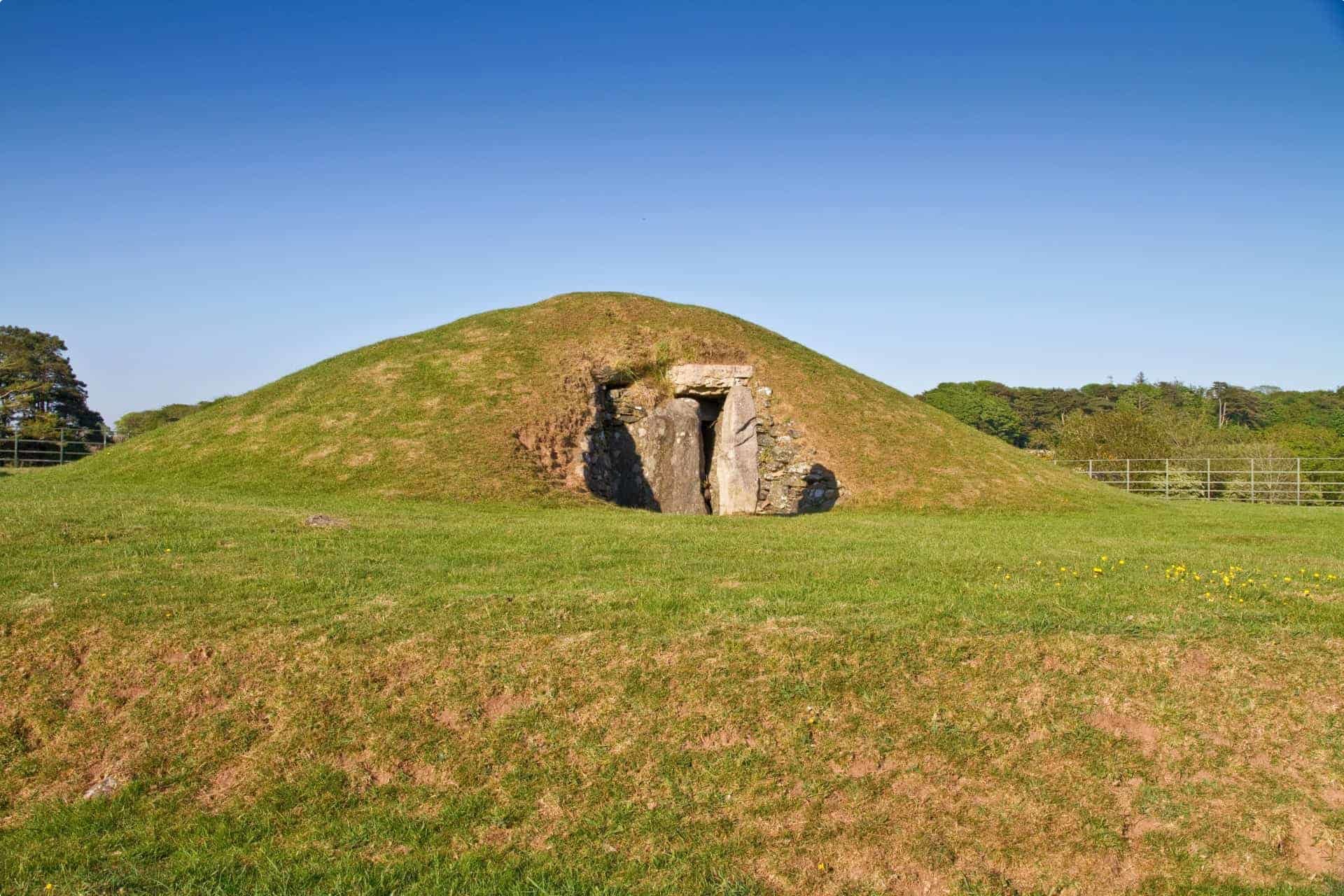
Ancient Grave hunting
To find an ancient tomb, start with a map! Ordnance Survey maps will often put archaeological sites in gothic font. Find an area known to have many prehistoric sites – usually in upland areas less likely to have been levelled by farmers. Some of the best areas are in upland Wales and in the high ground of northern England. There are many things to look out for: the surrounding landscape, the alignment of the tomb, whether there is a ‘front’ and a ‘back’. There are sites all over Britain, Ireland and Western Europe.
Round Barrows
Round Barrows, sometimes called tumulus, are the most common type of prehistoric monument in Britain. It is said that nearly every parish has at least one of them. Barrows date from the Bronze Age (around 2400 BC). They can be easy to spot – they are usually uncultivated mounds in the middle of otherwise cultivated fields (farmers cannot level them as they are protected monuments). Barrows usually contain individual rather than communal remains, which is why they are sometimes grouped together in clusters known as ‘barrow cemeteries’. Along with human remains, many also contain grave goods, including personal possessions, pottery, bows and arrows, jewellery and daggers.
From the air
Many hidden archaeological sites will reveal themselves if you can get a birds eye view. Even if an archaeological site has been buried and ploughed over for thousands of years, the soil above it will grow differently to the surrounding soil. At particular times of day, or during certain weather events, these subterranean sites will reveal themselves – but only if viewed from an aeroplane! The recent European heatwave revealed a number of previously unknown sites, such as a group of Neolithic monuments near the city of Milton Keynes, thought to be over 5000 years old.
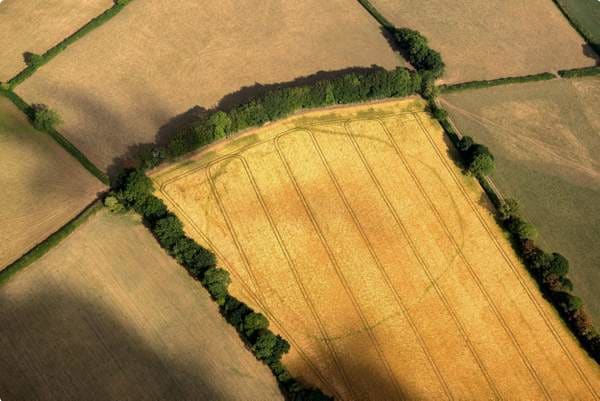
Causewayed Camps
There is not unanimous agreement as to what went on in these large areas enclosed by long ditches and causeways. Dating back to 4000 BC (around the same time as long barrows), these sites lack housing or cooking debris, so they cannot have been defensive settlements. Instead it is thought that they might have been places to corral livestock, or maybe vast ritual arenas for large religious gatherings, or even places of political negotiation.
There are eighty known sites in Britain. Ditches can be up to three meters deep, and were sometimes mysteriously refilled immediately after they were dug. Most of these ancient sites are only visible from the air, and if there is a visible contour at ground level, the site more likely dates from the later Iron Age. The most well-known survivor is Windmill Hill and Wiltshire, which dates back well over 5000 years.
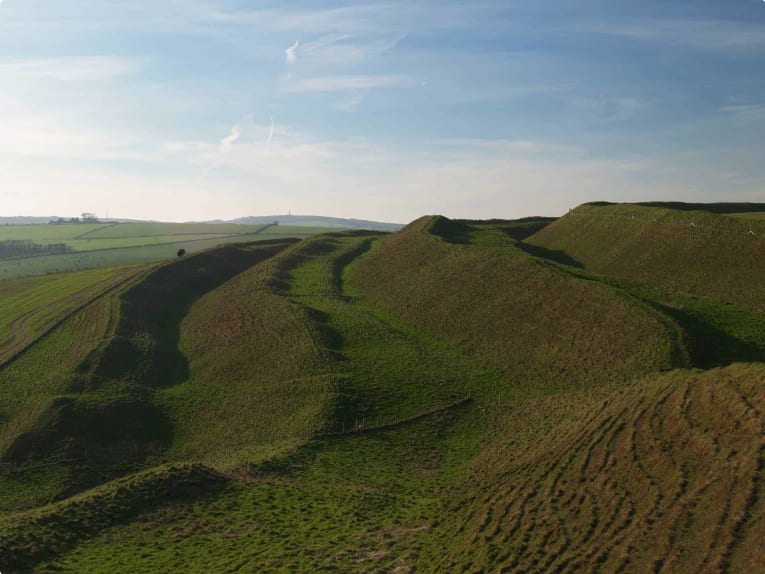
Hillforts
Hillforts are large man-made earth banks surrounded by ditches, used for defensive purposes by Iron Age warrior tribes. As tribal conflict increased during this period, these physical defences became more elaborate. There are around 3000 known hillforts in Britain alone. Some of the more complex constructions, dating from the ‘golden age’ of defensive construction between 400 and 100 BC, contain up to six rings of defense and are big enough to house an entire community.
Appreciating the sophistication of these constructions, and the massive amount of labour required to build them, requires a bit of imagination from the landscape spotter. The only elements now visible are the earth foundations: deep, steep ditches and large earth banks. But these man-made earthworks proved a considerable deterrent to attack. One of the most famous hillforts is Cadbury Castle in Somerset – alleged to be the location of King Arthur’s Camelot.
Where to find a hillfort?
The first and most obvious requirement for a hillfort is hills. You won’t find many in the flatter parts of the British Isles. The most elaborate hillforts are in the south west of England, among the hilly regions along the Welsh border. Less sophisticated hillforts are found along the Irish Sea coast and also as far north as southern Scotland. The paucity of hillforts in other parts of Britain is not only due to the lack of hills: they are also historically the most densely settled parts of the countryside, and thousands of years and farming and development have destroyed much of the ancient landscape.
If you think you’ve spotted a hillfort, look for three things:
- Entranceways: These almost always face east, mostly likely because of ancient spiritual beliefs regarding the sun.
- Earthworks: How deep are the ditches? Do they follow the shape of the hill?
- Defensibility: How well could the site be defended? Is it a good vantage point to survey the surrounding countryside?
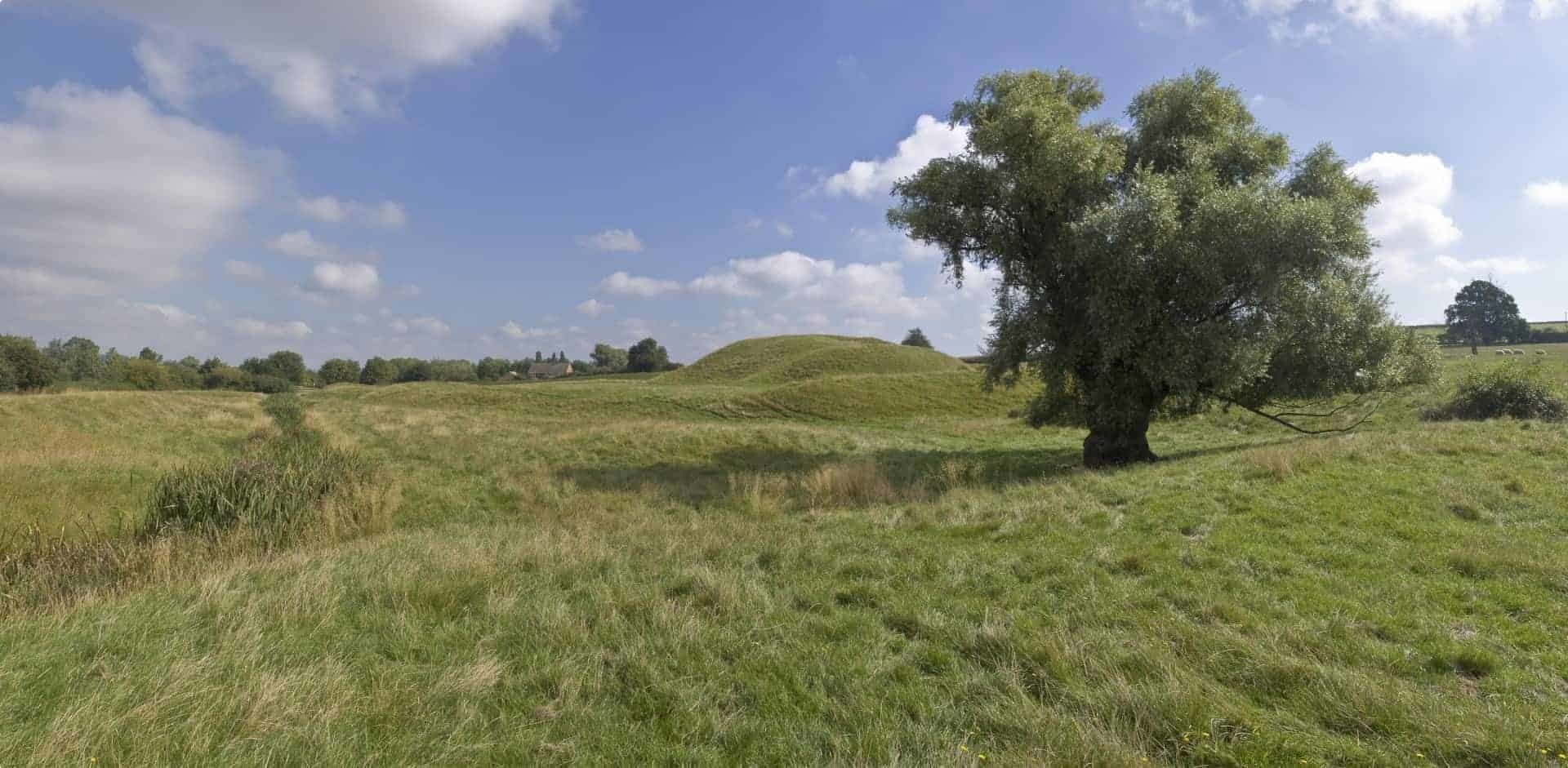
A castle, a hill, or both?
Castles are a relatively modern invention in Britain, especially compared with hillforts and causewayed camps. Most were built after the Norman invasion in 1066, and many stone castles survive today. Hundreds of others, especially those made of timber, are discernible only by the earthworks left behind: perfect for landscape spotters!
These types of castles are split into two categories. Ringwork castles have similar defences to hillforts: earthen banks, sometimes called ramparts, surrounding the structure. The second type of castle was brought by the Normans: the motte castle. These simple, rectangular structurees (donjons) were built atop a man-made earthen mound, built using the earth excavated from a ditch or moat that surrounded the castle.
Where to find an earthwork castle?
Earthwork castles can be hard to spot, and require some imagination when you do spot one. They can look more like picnic spots that the sites of bloody medieval battles. Hills would have been steeper and ditches deeper. Ramparts would have been topped with protective timber palisades. Innocuous as they may seem, their construction helped the Normans quickly gain control over most of England.
Earthwork castles can be found all over Britain. Look for the following:
- Ramparts: Are there banks and ditches?
- Location: Where is the castle situated among the surrounding countryside? Is this an important strategic point?
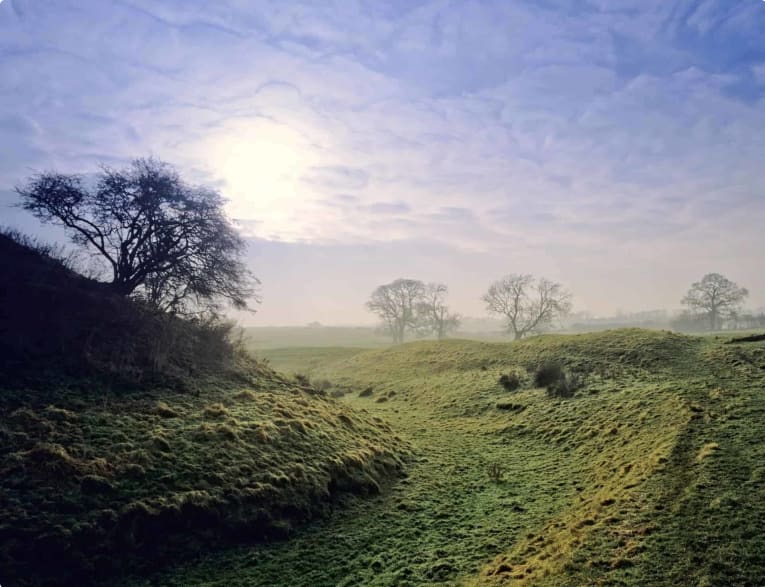
Sacred Sites
You might have spotted a hill, and determined that it is man-made. But what was it? It could be a burial mound, or a motte castle, a windmill, or even a gun mount from the 17th century. Yet another possibility is that is was a ‘moot’ – an ancient Saxon sacred site used for inter-tribal meetings and agreements. If the hill has a flat top, then there is every possibility that it was used for moots. The top was flattened so chiefs and nobles could be seated for the meeting.
Holes
What looks like a simple hole or dimple in the earth might in fact be an ancient mining site. Beginning in the Bronze Age, ancient Britons began digging in the ground for precious metals and stones. The two materials most sought after were flint for blades and hard rocks used to great highly sought-after axe-heads. Much of this was mined from deep caves. The best place for visitors to get a sense of the ancient mining tunnels is at the Great Orme mines in North Wales.
Most of the more elaborate mining infrastructure dates from the eighteenth century Agricultural Revolution. Limestone and chalk was mined to produce lime, which improved soil quality during the Napoleonic Wars. Many large lime kilns survive from the time. Smaller chalk-wells are more difficult to spot, but they are sometimes visible in depressions along the outer boundaries of fields, or after periods of heavy rain.
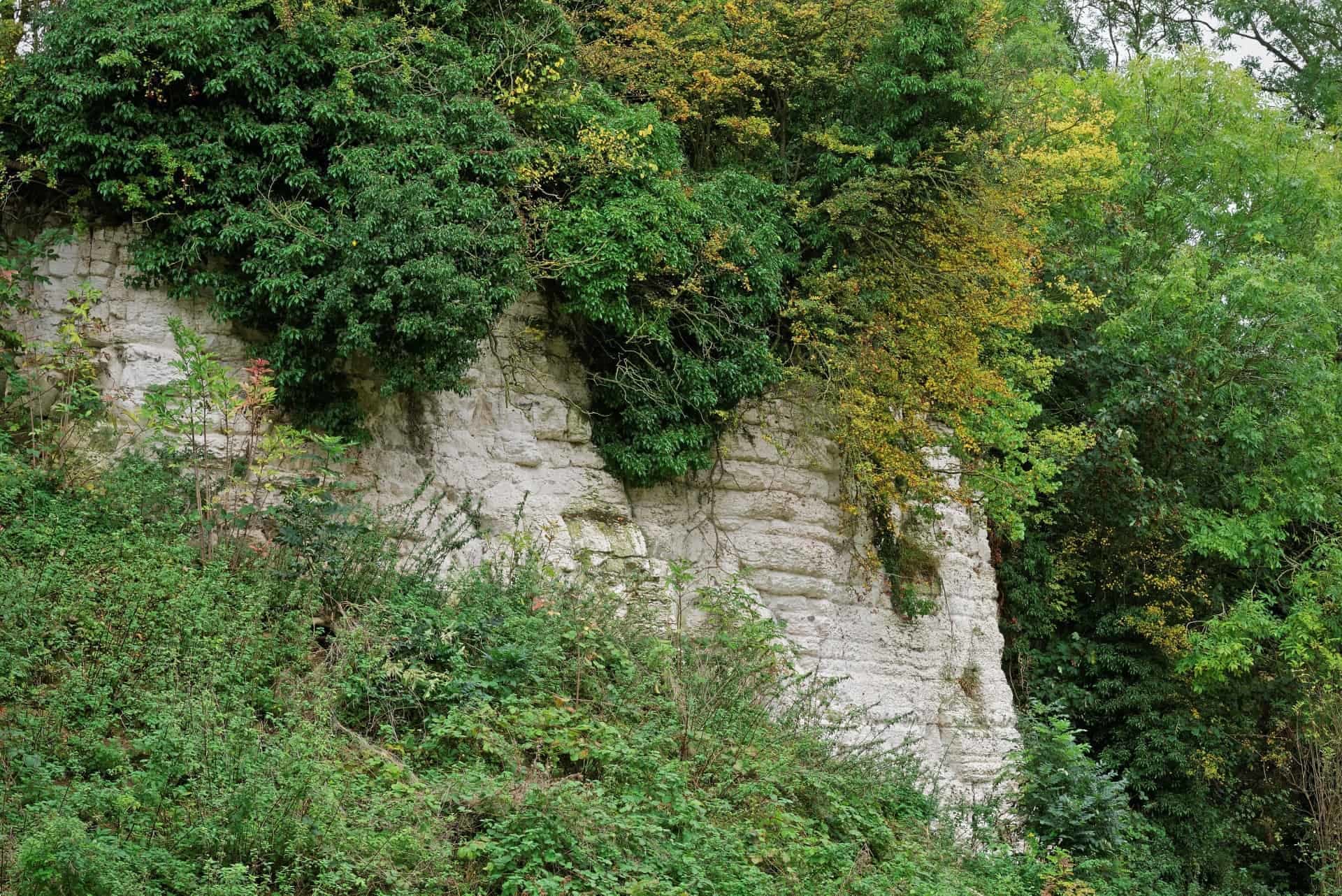
Ponds
You might think that a simple pond is just a naturally occurring feature of the landscape. Think again! Ancient societies sometimes constructed ponds to provide a steady supply of water for people and their animals. In the South Downs, ancient Britons also created dew ponds to take advantage of the naturally free-draining high ground. Fishponds were popular in the medieval period, as meat was prohibited by the church on Fridays (fish and birds were exempted). It can be difficult to determine whether a pond is natural or artificial, but one way is to see if it is lined with clay. Clay was often used to make ponds deeper and more water-retentive.
Small group tours for mature-aged and senior travellers
Odyssey Traveller is famous for our small groups, and we average eight participants per tour. Our maximum group size is up to 14 people, which ensures quality, flexibility and care that is tailored to our clients. We specialise in small group tours for the senior traveller who is seeking adventure or is curious about the world we live in. Typically, our clients begin travelling with us from their mid 50’s onward. But be prepared to meet fellow travellers in their 80s and beyond! Both couples and solo travellers are very welcome on our tours.
At Odyssey, we are passionate about stories. Our tours are designed around what makes places unique, and we approach history from interesting and informed angles.
Our Historic Ireland tour begins in Dublin and then travels clockwise around Ireland to finish in Northern Ireland’s city of Belfast. We will enjoy a guided city tour of Dublin with highlights including St Patrick’s Cathedral, amazing quaint villages, green hills, and other hidden gems. We will see the Cliffs of Moher, Giant’s Causeway, and other UNESCO World Heritage Sites. On this tour to Ireland, we will view the ancient Book of Kells, one of Ireland’s most treasured works, and go on a walking tour of Tara, site of the High Kings of Ireland. This tour also includes an overnight stay at Inis Mor, the largest of the Aran Islands, where the Gaelic language and Irish traditions live on in daily life.
Roam the Scottish Highlands and explore Edinburgh’s Royal Mile, or enjoy a vacation in London to view Trafalgar Square and St Paul’s Cathedral.
If you would like to visit ancient rural Britain, Odyssey has a number of tours that might take your fancy. Our Roaming Rural Britain Tour and our Ireland and Lake District Walking Tour both take you on some of the best walks the British Isles have to offer, then there is also the Wainwright Walking program, coast to coast through the Lake district, Yorkshire and the Cleveland way. For an ancient historical focus, try our Prehistoric Britain Tour, which takes you to some of the most important prehistoric sites in the Western world.
You can view more tours of Britain.
Originally published August 20, 2018.
Updated on October 8, 2019. Refreshed October 4th 2021.
Related Tours

20 days
May, Jul, Aug, SepScottish Islands and Shetland small group tours for seniors
Visiting Scotland
An escorted small group tour for couples and solo travellers of the Scottish isles including the isle of Skye draws on local guides to share their knowledge of the destinations in this unique part of Scotland. UNESCO world heritage site are visited as breathtaking scenery and authentic experiences are shared in a group of like minded people on this guided tour of remote Scotland.
From A$17,525 AUD
View Tour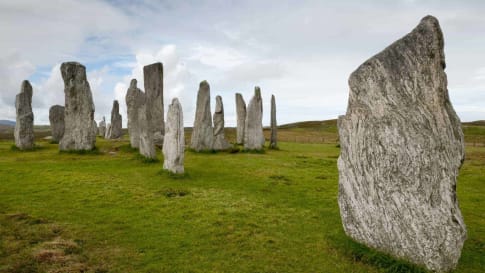
21 days
AugPrehistoric Britain small group history tour including standing stones
Visiting England, Scotland
This guided tour invites you to explore UNESCO World heritage sites at Skara Brae in the Orkneys, Isle of Skye, and Stonehenge in a prehistoric tour. This escorted tour has trips to key sites in Scotland, and the Irish sea in Wales such as Gower Peninsula and National Museum in Cardiff and England. Each day tour is supported by local guides.
From A$16,750 AUD
View Tour
22 days
Sep, JunRural Britain | Walking Small Group Tour
Visiting England, Scotland
A walking tour into England, Scotland and Wales provides small group journeys with breathtaking scenery to destinations such as Snowdonia national park , the UNESCO world heritage site Hadrians wall and the lake district. each day tour provides authentic experiences often off the beaten path from our local guides.
From A$15,880 AUD
View Tour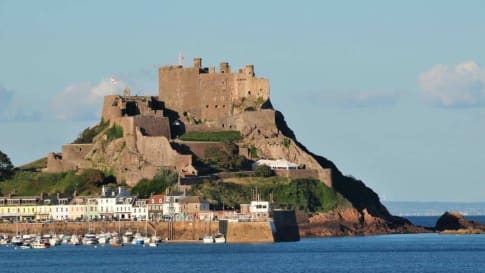
18 days
Sep, MayChannel Islands | A small group walking tour for seniors
Visiting Channel Islands
Another Small group tour of the British isles of the Channel Islands. This fully escorted, small group walking tour, takes the active senior off the beaten path with local guides to Jersey, Guernsey, Alderney, Sark and Herm.
From A$15,535 AUD
View Tour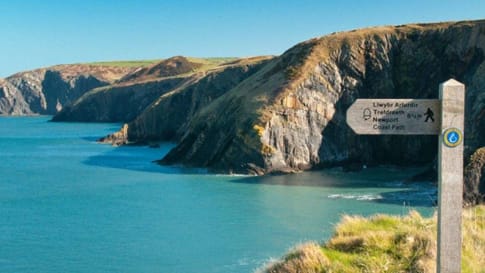
13 days
AugExploring Wales on foot : small group walking tours for seniors
Visiting Wales
A Walking tour of Wales with spectacular views across as you walk the millennial path across the Irish sea or up in Snowdonia national park. This guided tour that provides insight into the history of each castle visited and breathtaking scenery enjoyed before exploring the capital of Wales, Cardiff with day tours of Wales from Cardiff. For seniors, couples or Solo interested in small groups.
From A$11,895 AUD
View Tour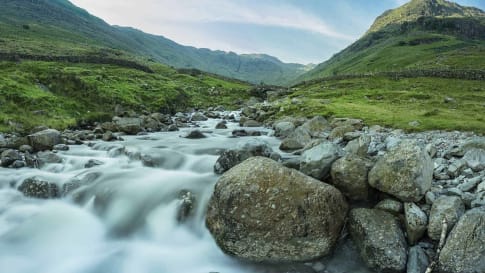
25 days
AugIreland and Lake District walking small group tour
Visiting England, Ireland
A guided small group tour for senior walkers that starts in the capital of Ireland, Dublin. This escorted tour with local guides also explores the Giant's causeway, a UNESCO World heritage site. It transfers from Ireland to Scotland to head to walk in the National park of the Lake district.
From A$14,850 AUD
View Tour22 days
AugRoman Britain
Visiting England
On this small group tour explore with a tour director and local guides the world of Roman Britain. The Romans occupied Britain for some 400 years and left behind a lasting legacy from roads Hadrian's wall to Roman Baths many are UNSECO World heritage listed.
From A$14,545 AUD
View Tour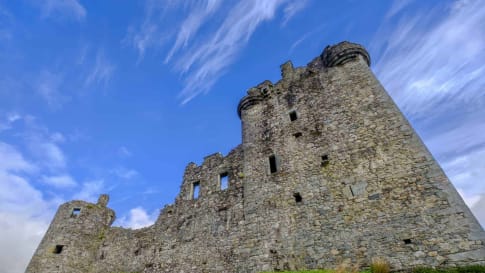
22 days
Jul, Sep, Jun, AugScotland small group tour | Tracing 5,000 years of history
Visiting Scotland
This guided tour of Scotland with a tour leader and local guides includes the isle of Skye, Orkney islands, the Scottish highlands with breathtaking scenery. Edinburgh including the royal mile, Palace of Holyroodhouse, Fort William, Urquhart castle, Stirling castle, loch lomond, Hadrians wall and New Lanark also a UNESCO World heritage site.
From A$15,995 AUD
View Tour
22 days
Apr, AugSeven Ages of Britain, snapshots of Britain through the ages.
Visiting England, Scotland
This guided small group tour starts in Scotland and finishes in England. On Orkney we have a day tour to the UNESCO World heritage site, Skara Brae, before travelling to city of York. Your tour leader continues to share the history from the Neolithic to the Victorian era. The tour concludes in the capital city, London.
From A$15,995 AUD
View Tour
22 days
Apr, SepSmall group tours Medieval England
Visiting England
A small group tour of England focused on Medieval England and Wales. Spend 21 days on this escorted tour with tour director and local guides travelling from Canterbury to Cambridge, passing through Winchester, Salisbury, Bristol, Hereford and Norwich along the way. Castles, villages, Cathedrals and churches all feature in the Medieval landscapes visited.
From A$14,665 AUD
View Tour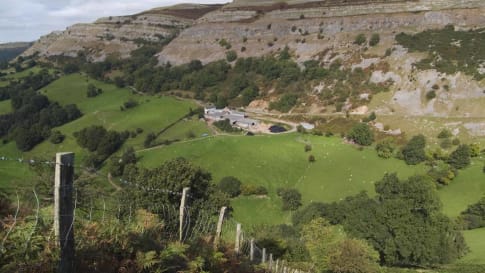
20 days
May, Sep, JunWalking Ancient Britain
Visiting England
A walking tour of England & the border of Wales. Explore on foot UNESCO World Heritage sites, Neolithic, Bronze age and Roman landscapes and the occasional Norman castle on your journey. Your tour director and tour guide walk you through the Brecon beacons, the Cotswolds and Welsh borders on this small group tour.
From A$13,995 AUD
View TourRelated Articles

A Journey Through Britain's Roman Roads
Rome's roads constitute the most remarkable culmination of its technological, logistical and bureaucratic achievements. Even a brief understanding of their history and significance can enrich your experience walking tour of Britain.

British Village Icons: Definitive Guide for Travellers
Icons of the British Villages: Pubs and Cottages The British pub and cottage figure prominently in the image of a (often romanticised) quintessential “British village”. In this article, we will give special attention to these…

Dry Stone Walls: An Alternative History of the British Isles
Throughout the nation, from Yorkshire to Orkney, miles of moss-covered dry stone walls snake their way through the open land. You would be forgiven for not looking twice. However, dry stone walls offer an alternative route into the history of humanity in the British Isles.

Landscapes of Medieval England
Article about Medieval England supporting Britain's history from the Roman's to Queen Victoria and the industrial revolution.

Exploring Britain's Prehistoric Past: The Definitive Guide for Travellers
Article on Britain's neolithic past for small group educational tours for senior couples and mature solo travellers interested in learning about Standing stones, burial chambers, Skara Brae and Stonehenge or Beaker people.
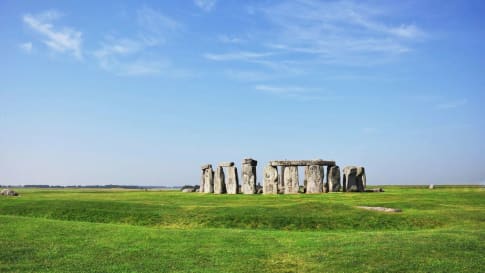
Standing Stones in Prehistoric Britain
Standing Stones in Prehistoric Britain Stonehenge, England, United Kingdom The standing stones of Great Britain continue to be the subject of research and archaeological hypothesis. Britain is not the only location where standing stones are…

Studying Gargoyles and Grotesques: The Definitive Guide for Travellers
Article to support world travellers since 1983 with small group educational tours for senior couples or mature solo travellers interested in British and European history.

Traveller's Guide to Medieval England
A travellers guide beyond the landscapes of Medieval England supporting Britain's history from the Roman's to Queen Victoria and the industrial revolution.




